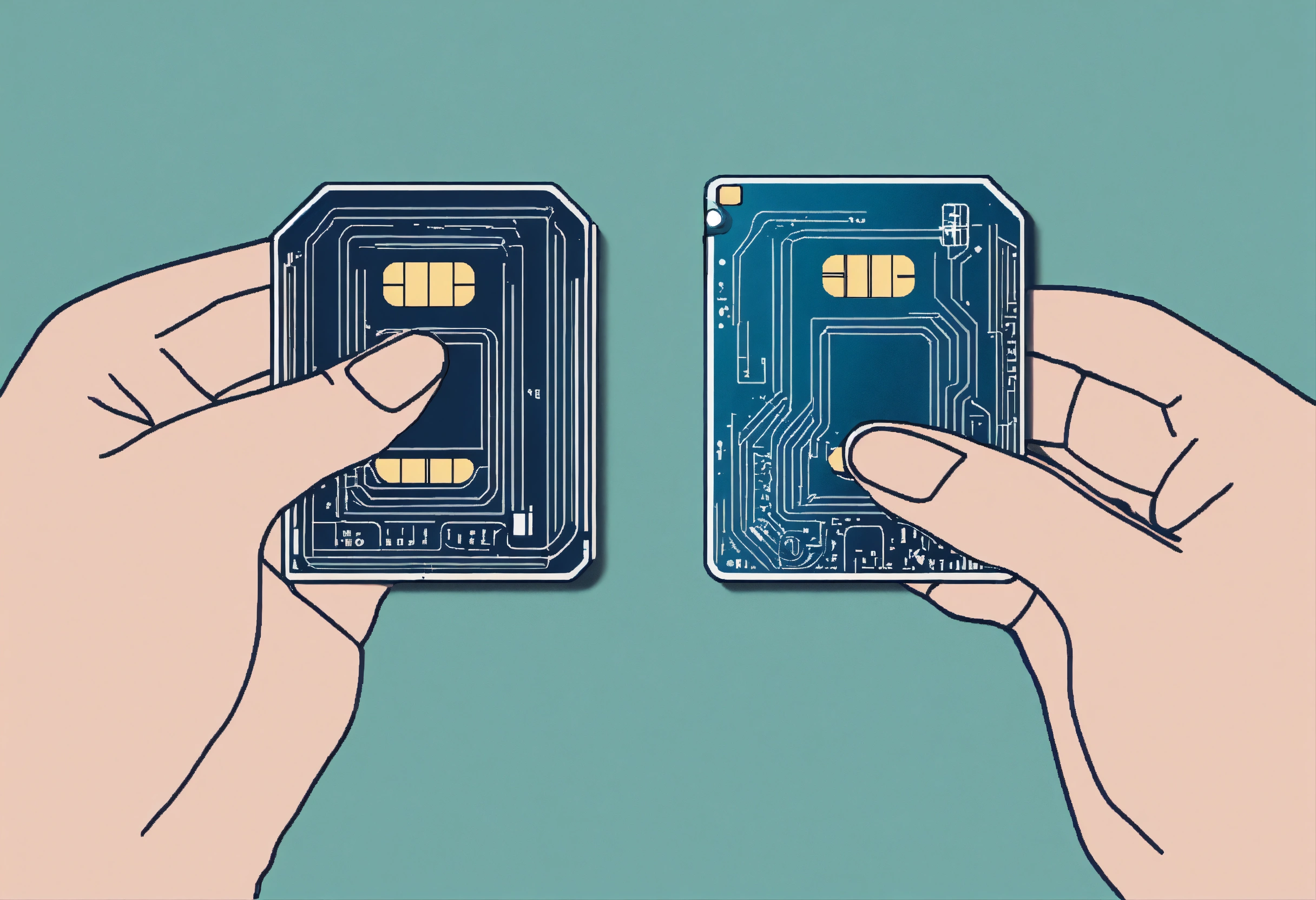Just as technology continues to evolve, your understanding of Radio Frequency Identification (RFID) can open doors to a world of possibilities in asset management, inventory control, and data tracking. In this guide, you will learn the fundamentals of RFID, including how it works, the different components involved, and the benefits it can bring to your business or personal projects. By grasping these core concepts, you will be better equipped to implement RFID solutions and navigate the challenges that may arise in this rapidly advancing field.
What is RFID?
Definition of RFID
On a fundamental level, Radio Frequency Identification (RFID) is a technology that uses radio waves to identify and track objects wirelessly. It consists of a reader, antenna, and tags attached to the items you wish to monitor. By emitting radio signals, RFID systems allow for automatic identification and data collection without the need for direct line-of-sight.
History of RFID Technology
One fascinating aspect of RFID technology is its evolution over the decades. Initially developed in the 1940s for military applications, it has since transformed into a widespread solution utilized in various sectors, including retail, logistics, and healthcare. Today, RFID has become integral in enhancing operational efficiency, inventory management, and even contactless payments.
Definition of this technological advancement illustrates that RFID, which began as a specialized military tool, has now permeated everyday life. Its ability to enhance tracking capabilities has revolutionized industries by allowing businesses to streamline operations. However, as you explore its applications, it’s necessary to recognize the challenges related to privacy and security that arise with the increased use of RFID technology. Understanding these aspects will equip you with the knowledge to navigate both the benefits and potential pitfalls of this powerful technology.
How RFID Works
It is crucial to understand how RFID technology functions to appreciate its applications fully. This section will explore the various components, frequencies, and the data transmission processes involved in RFID systems.
Components of RFID Systems
Works by utilizing three primary components: tags, readers, and antennas. RFID tags contain electronic chips and antennas which store and transmit data to the readers. Readers are devices that emit radio waves and capture signals sent back from the tags, while antennas facilitate communication between the tags and readers, ensuring efficient data exchange.
RFID Frequencies and Ranges
One of the critical factors that determine the performance of an RFID system is its operating frequency. RFID systems can generally be categorized into three frequency ranges: Low Frequency (LF), High Frequency (HF), and Ultra High Frequency (UHF). Each of these frequencies has its own unique attributes suitable for specific applications.
To elaborate further, LF operates typically between 30 kHz to 300 kHz and is often used for access control and animal tracking but has a limited range. HF operates between 3 MHz to 30 MHz, commonly found in library tagging and contactless payment systems, with a moderate range. In contrast, UHF operates from 300 MHz to 3 GHz, enabling long-range scanning, making it ideal for applications like inventory management and supply chain tracking.
Data Transmission Process
Data transmission in RFID systems involves the transfer of information from the tag to the reader. This process is initiated when the reader emits a signal that activates the tag, prompting it to send back its stored data in response.
Components like the modulation technique play a vital role during this data exchange, ensuring seamless communication between the tag and the reader. As the tag receives the reader’s signal, it modulates the information using the pre-defined protocol and transmits it back. This ability to gather and share information quickly and efficiently makes RFID a powerful tool across various industries, enhancing inventory accuracy and improving overall operational efficiency.
Applications of RFID
Once again, Radio Frequency Identification (RFID) technology is transforming various industries by enhancing efficiency and accuracy. Its applications span a wide range, from retail to healthcare, and even access control. Below, we will explore some of the prominent areas where RFID is making a significant impact.
Retail and Inventory Management
The integration of RFID in retail and inventory management allows you to track merchandise in real-time. With RFID tags attached to products, you can easily monitor stock levels and reduce human error during stock counts. This results in better inventory accuracy and improved customer satisfaction.
Logistics and Supply Chain
Management of logistics and the supply chain is more streamlined with RFID technology. You benefit from improved tracking of goods throughout the shipping process.
This technology enables you to monitor shipments from the point of origin to the final destination, minimizing the risk of loss or theft. Additionally, RFID tags provide data on the real-time location of items, allowing you to make informed decisions that enhance overall efficiency and simplify logistics processes.
Healthcare and Patient Tracking
On the healthcare front, RFID aids in tracking patients and medical equipment within facilities. You gain the ability to enhance patient safety and asset utilization.
Understanding the role of RFID in healthcare means recognizing its potential to drastically reduce human errors in patient identification and medication administration. With RFID wristbands for patients, you can ensure accurate treatment delivery and streamline access to medical devices, contributing to improved outcomes and operational efficiency.
Access Control and Security
Tracking individuals and assets using RFID for access control enhances security measures across various spaces. You can establish protocols that ensure authorized access only.
To take security a step further, RFID technology not only controls who can enter a facility but also provides tracking of assets. This capability helps you monitor high-value items and personnel access, guarding against theft and unauthorized entry. The benefits of RFID in access control continue to grow, making it an invaluable tool for enhancing overall security measures.
Benefits and Challenges of RFID
Unlike many other identification technologies, RFID offers a unique blend of efficiency and ease of use. However, it comes with its own set of benefits and challenges that you should be aware of before implementing it in your business processes.
Advantages of Using RFID
To fully appreciate RFID, it’s imperative to recognize its ability to automate inventory management, resulting in significant time savings. RFID technology allows you to track assets in real-time without the need for manual scanning, improving accuracy and reducing labor costs. With increased data visibility, you can make informed decisions that enhance your overall operational efficiency.
Common Challenges and Limitations
An important consideration when adopting RFID technology is understanding its common challenges and limitations. While RFID can significantly benefit your operations, you may face obstacles that could hinder the implementation process.
RFID technology also presents some challenges that you should consider. For instance, installation costs can be high, especially for systems that require extensive infrastructure changes. Furthermore, issues related to signal interference, especially in environments with metal or liquid, can affect the reliability of data capture. You might also encounter privacy concerns, as RFID can potentially track individuals without their consent, leading to regulatory scrutiny. Lastly, ensuring data security from unauthorized access is crucial, as any vulnerability in the RFID system could expose sensitive information.
Summing up
Drawing together the necessary aspects of RFID technology, you now have a foundational understanding of how Radio Frequency Identification can significantly enhance efficiency in various applications, from inventory management to asset tracking. By recognizing the components, benefits, and potential challenges of RFID, you are better equipped to make informed decisions regarding its implementation in your endeavors. Embracing this technology can lead to streamlined operations and improved data accuracy, positioning you for success in a rapidly evolving digital landscape.




